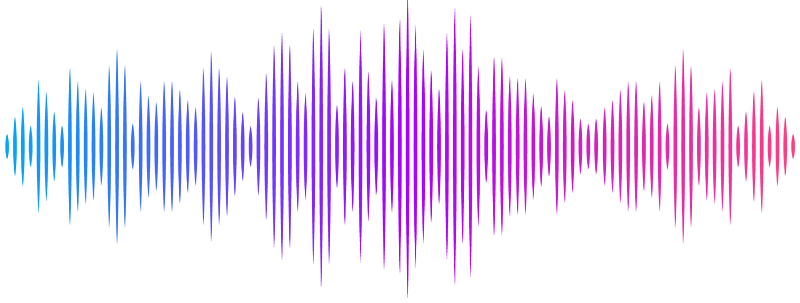A method to estimate absolute odorant concentration of olfactory stimuli

A method to estimate absolute odorant concentration of olfactory stimuli
CONCHOU, L.; TRELEA, I.-C.; GEVAR, J.; MONSEMPES, C.; PERON, A.-C.; RENOU, M.; SOUCHON, I.; LUCAS, P.
AbstractThe accurate quantification and delivery of odorant concentrations remain a significant challenge. Traditional methods estimate stimulus intensity based on the amount of odorant in the source, but this does not reflect the actual concentration sent due to variable evaporation rates and delivery devices. This leads to inconsistencies in stimulus delivery, complicating cross-laboratory comparisons, threshold evaluations, and the replication of natural olfactory conditions in the lab. To address this, we present a model based on mass transfer theory to predict the concentration of odorants delivered by a simple and versatile odor delivery system commonly used in insect electrophysiological experiments. This model, built with adaptable compartments, accounts for airflow, source size, and the physicochemical properties of odorants. It helps to better design and use odor delivery systems, especially for stimuli required to mimic natural odor environments. Calibration uses known partition coefficients. The model also considers the dynamic shape of odor stimuli, which affects neuronal responses and must be carefully interpreted, especially when using tools like photoionisation detectors (PID). This approach was applied to study the impact of a plant volatile known to activate pheromone-sensitive neurons, (Z)-3-hexenyl acetate, on pheromone detection in Agrotis ipsilon moths. While interference occurs in laboratory conditions at 160 ppb, such concentrations are unlikely in natural settings, suggesting these effects are less relevant ecologically.